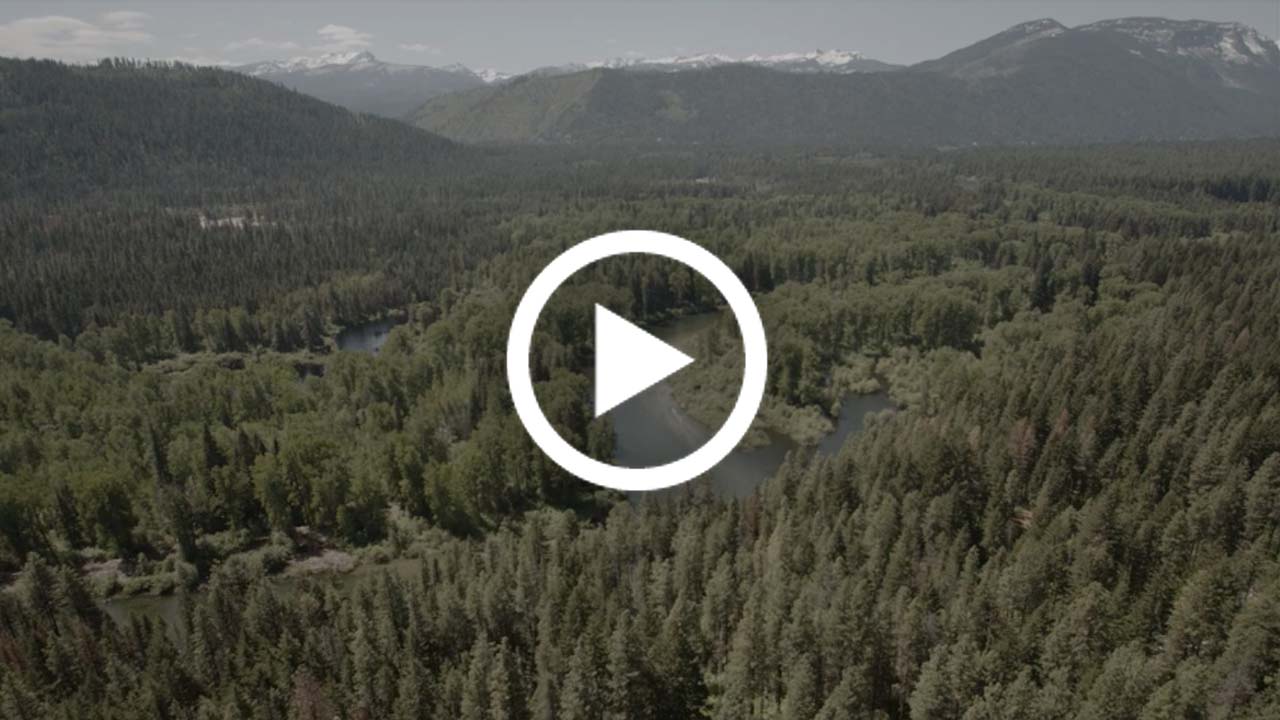
Ultimately, large-scale post-fire logging is a tax – and often a significant tax – on ecological recovery following disturbances. However, there is a role for tree removal to make roads and other infrastructure safe for the public and land managers after a wildfire. In such cases, it makes sense to remove hazard trees along roads, fence lines, trails, and other areas frequented by forest users.
Such “roadside hazard tree removal” also has considerable potential to provide economically valuable trees to local mills, thus maintaining jobs in rural communities.
Other potential science-based post-fire management solutions include:
- Creating or maintaining fuel breaks along roads important for fire management and forest access
- Creating or maintaining fuel breaks along key ridgelines for fire management
- Utilizing prescribe fire over time to allow fire to play its natural role on the landscape
- Utilizing wildland fire-use when weather and fuel conditions allow
- Concentrate thinning and fuels reduction around homes and communities (i.e., the “wildland-urban interface” or “WUI”)
- Retaining undisturbed backcountry wildlands
- Reducing the impacts of logging roads that contribute sediment to waterways, which fouls water quality and harms fisheries
- Retaining forest complexity and large tree and snag structure
- Avoiding creating dense single-species tree farms by artificial replanting that may increase fire hazard
- Including riparian “no-touch” zones to protect water quality and fisheries
Unfortunately, many proposals for “salvage-logging” go far beyond these common sense restoration approaches. By definition, post-fire logging removes trees that have been affected or killed by wildfire, known as “snags.” Shortly after a wildfire passes through a forest, injured and dead trees begin to decay, which attracts insects and the wildlife that feed on those insects. The smaller trees decay the soonest, and are not as marketable.
The larger trees that retain the most commercial or economic value the longest are the ones targeted for logging after a wildfire – but these same trees are also the most valuable to wildlife and the recovering forest. Snags are one of the most important features found in a forest, so removing them significantly reduces the ability of the forest to function in a natural way.
